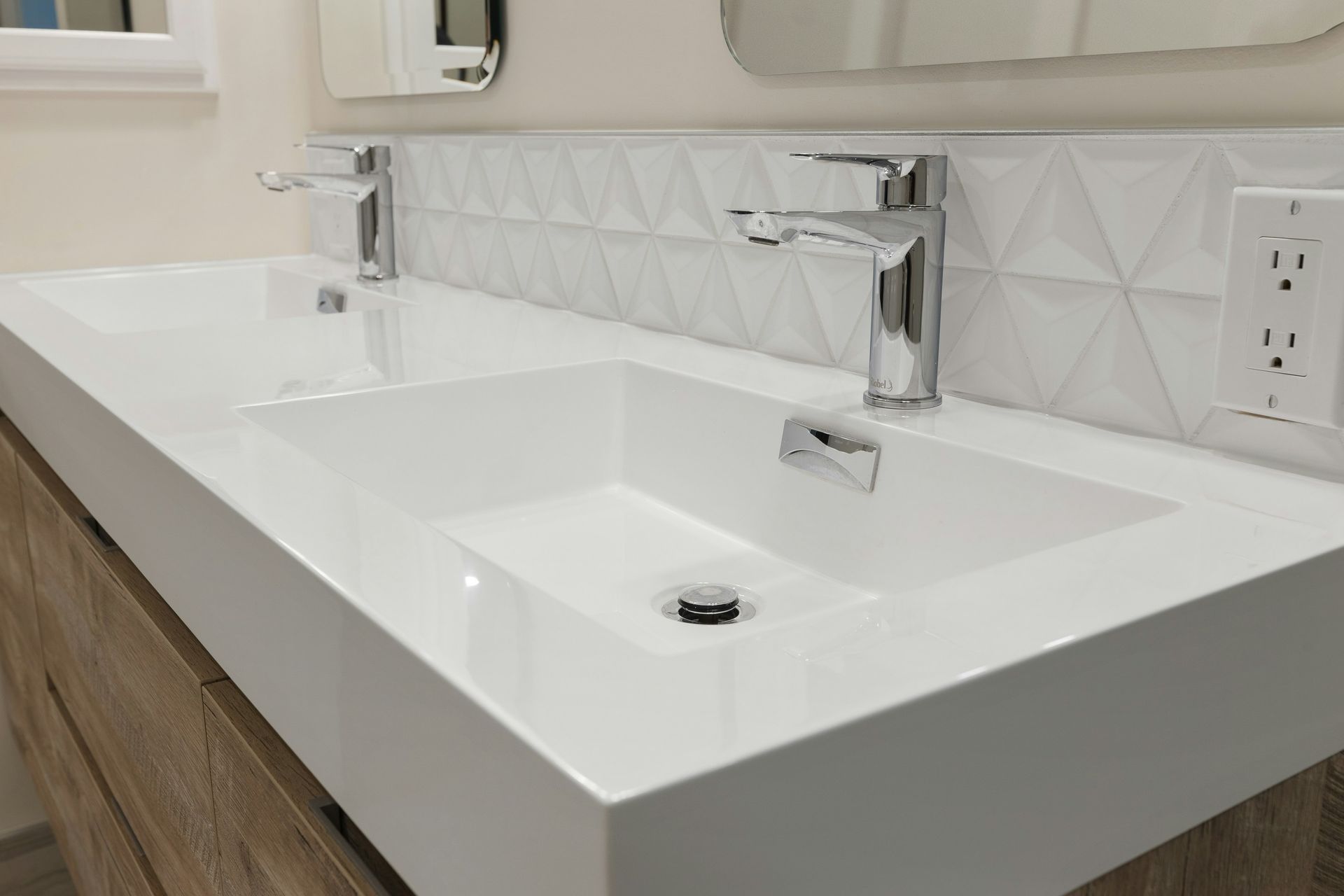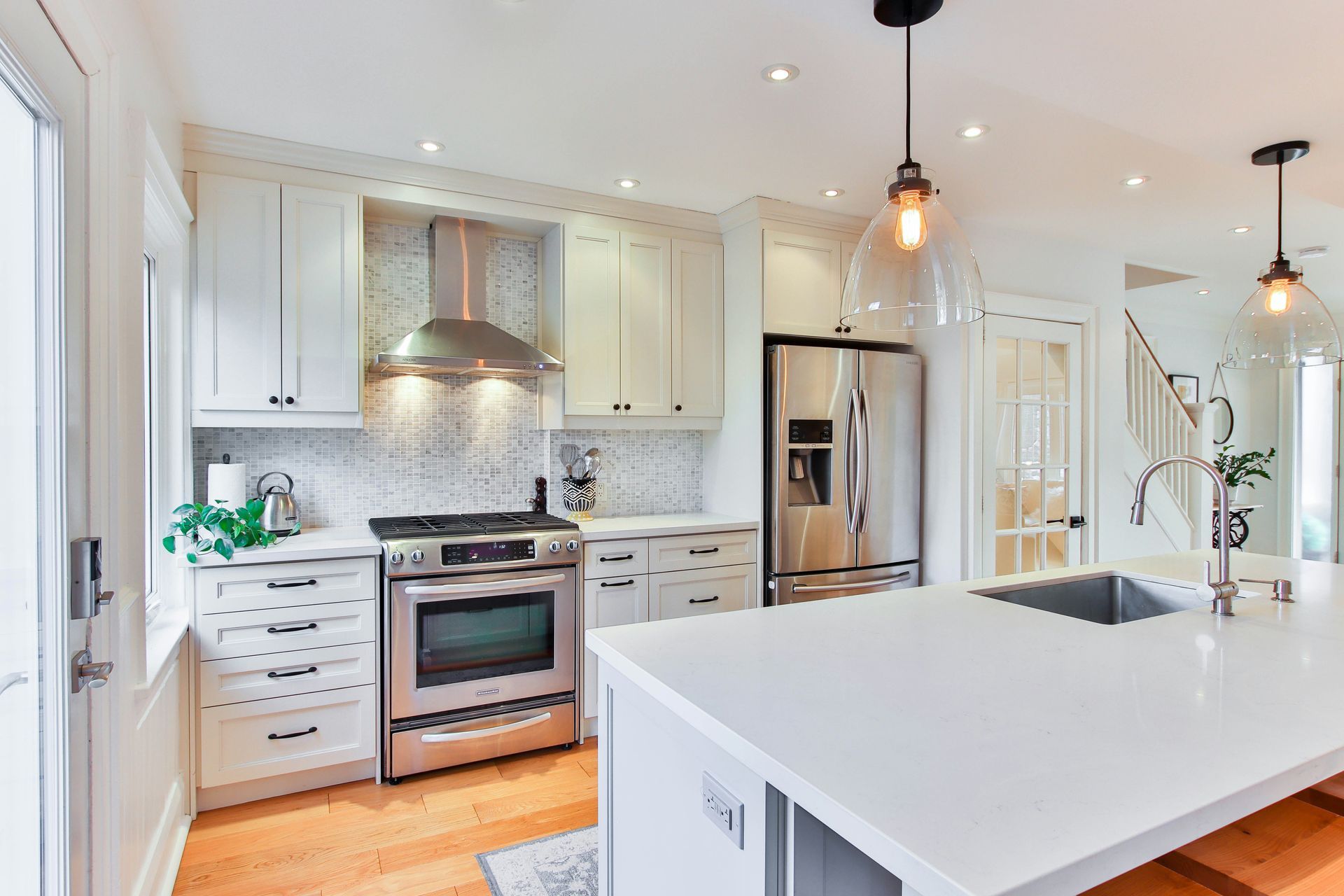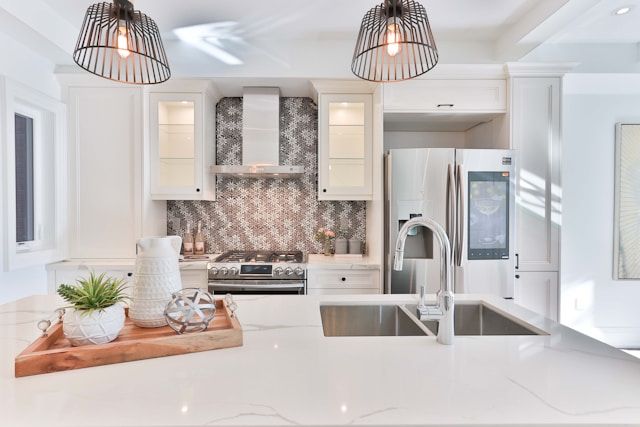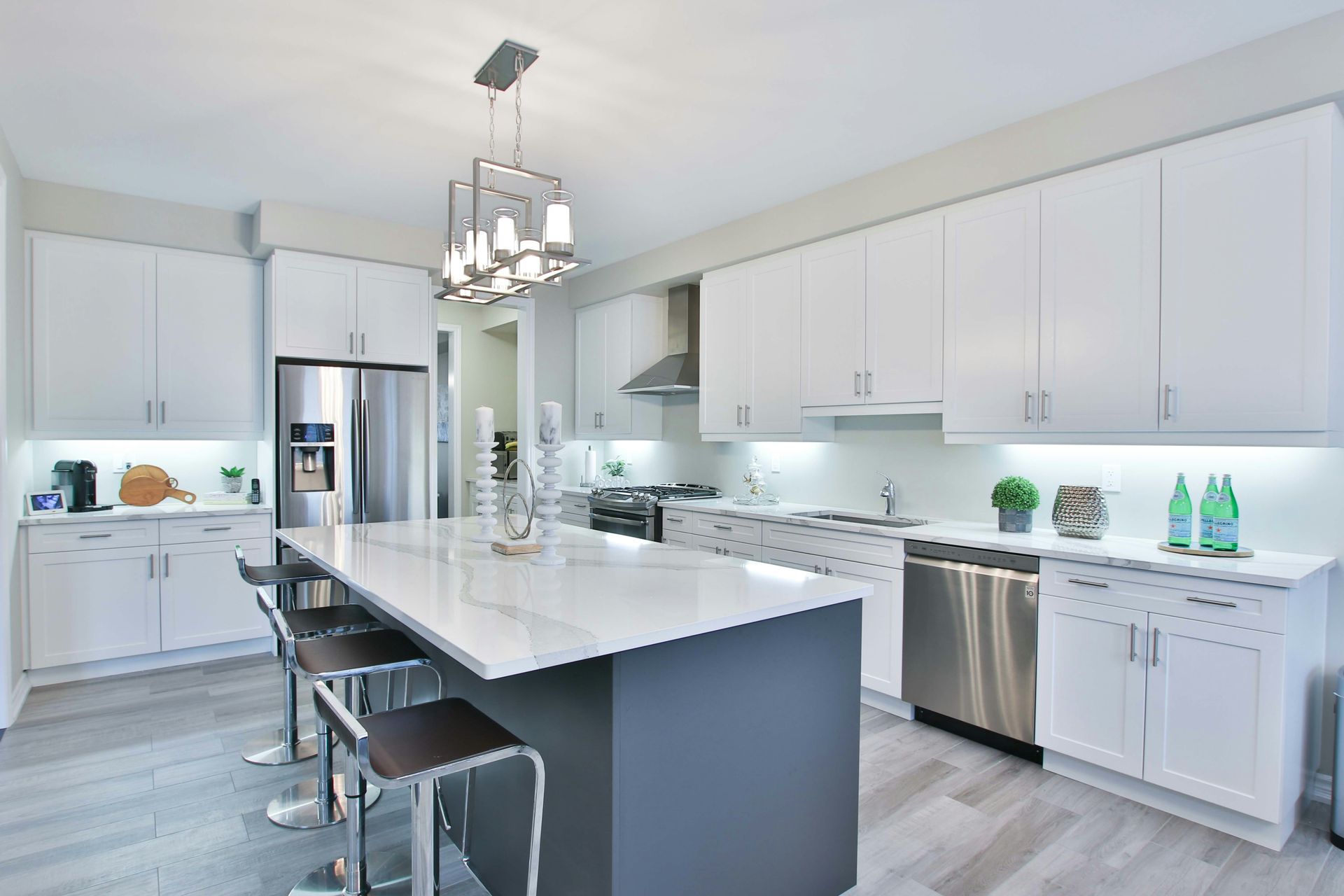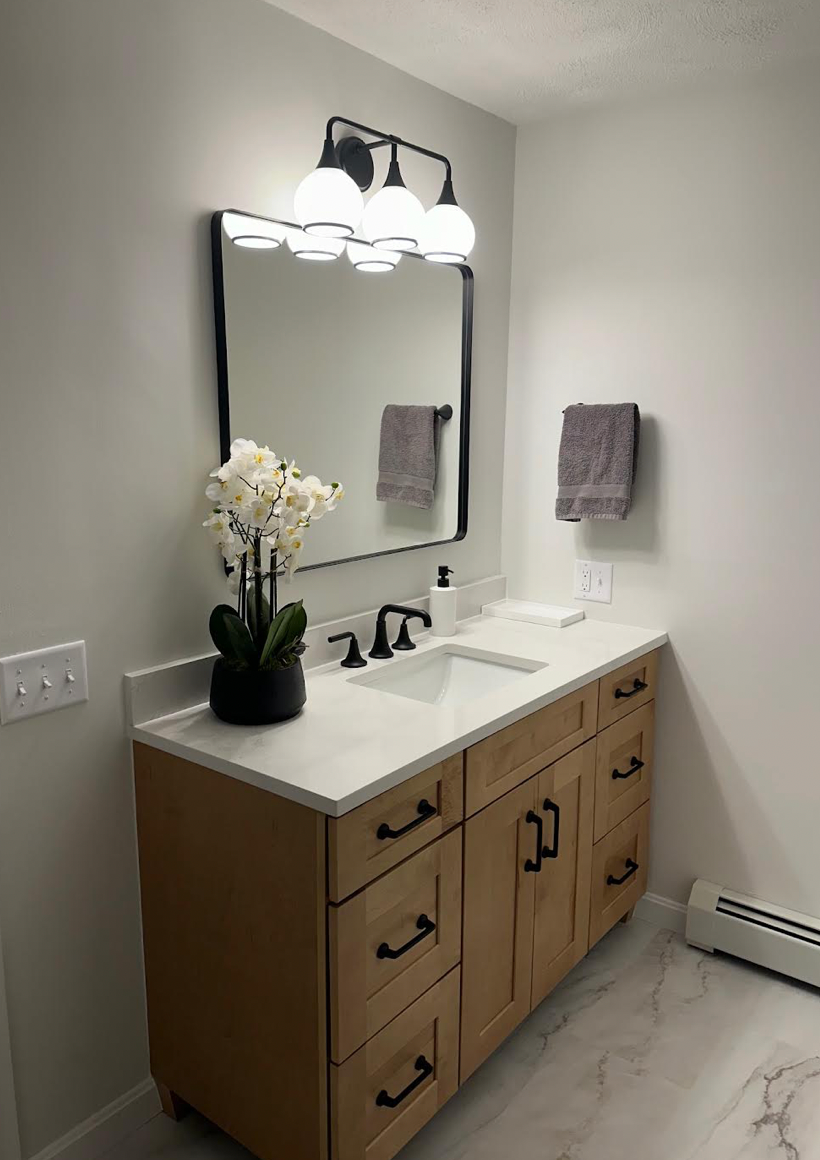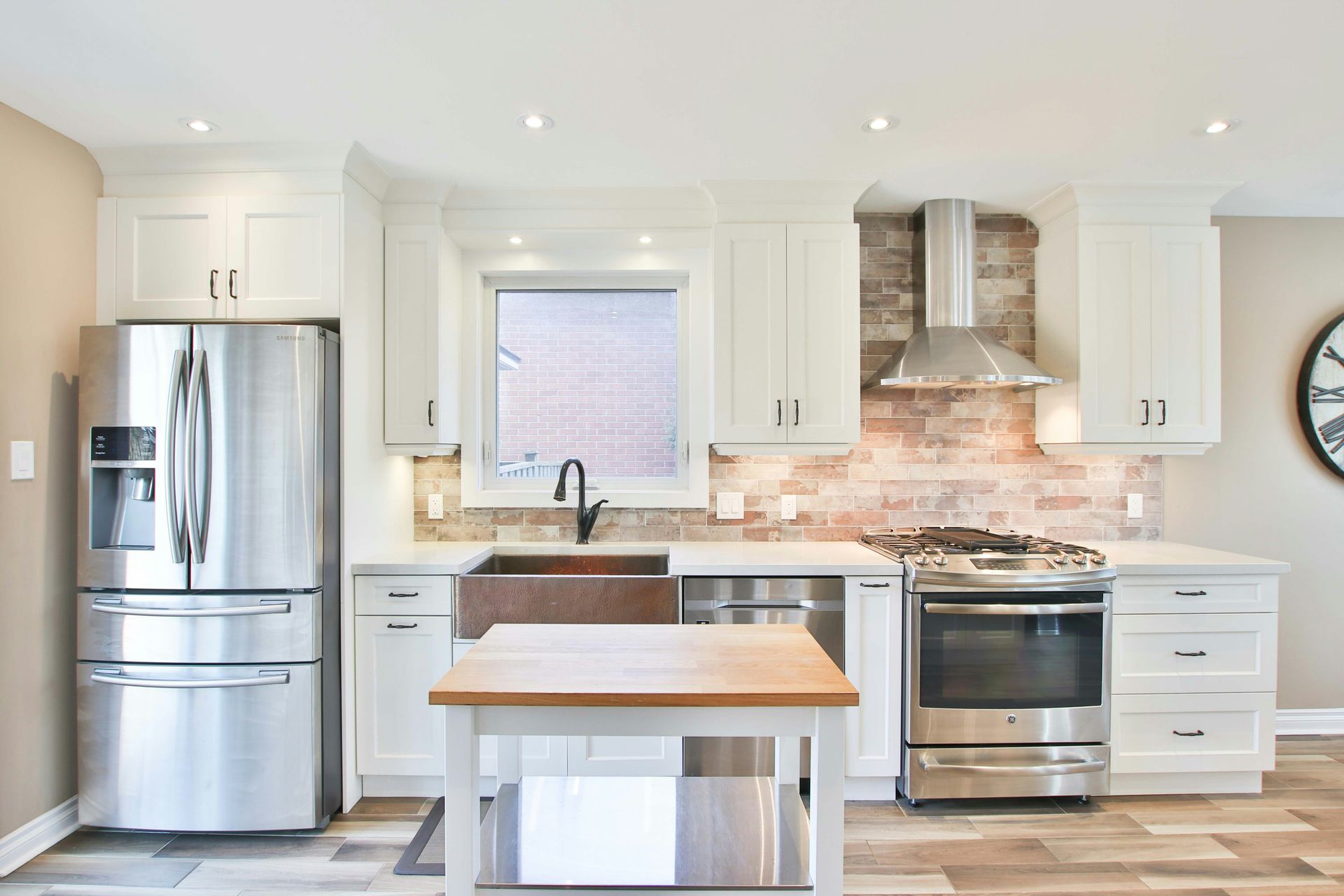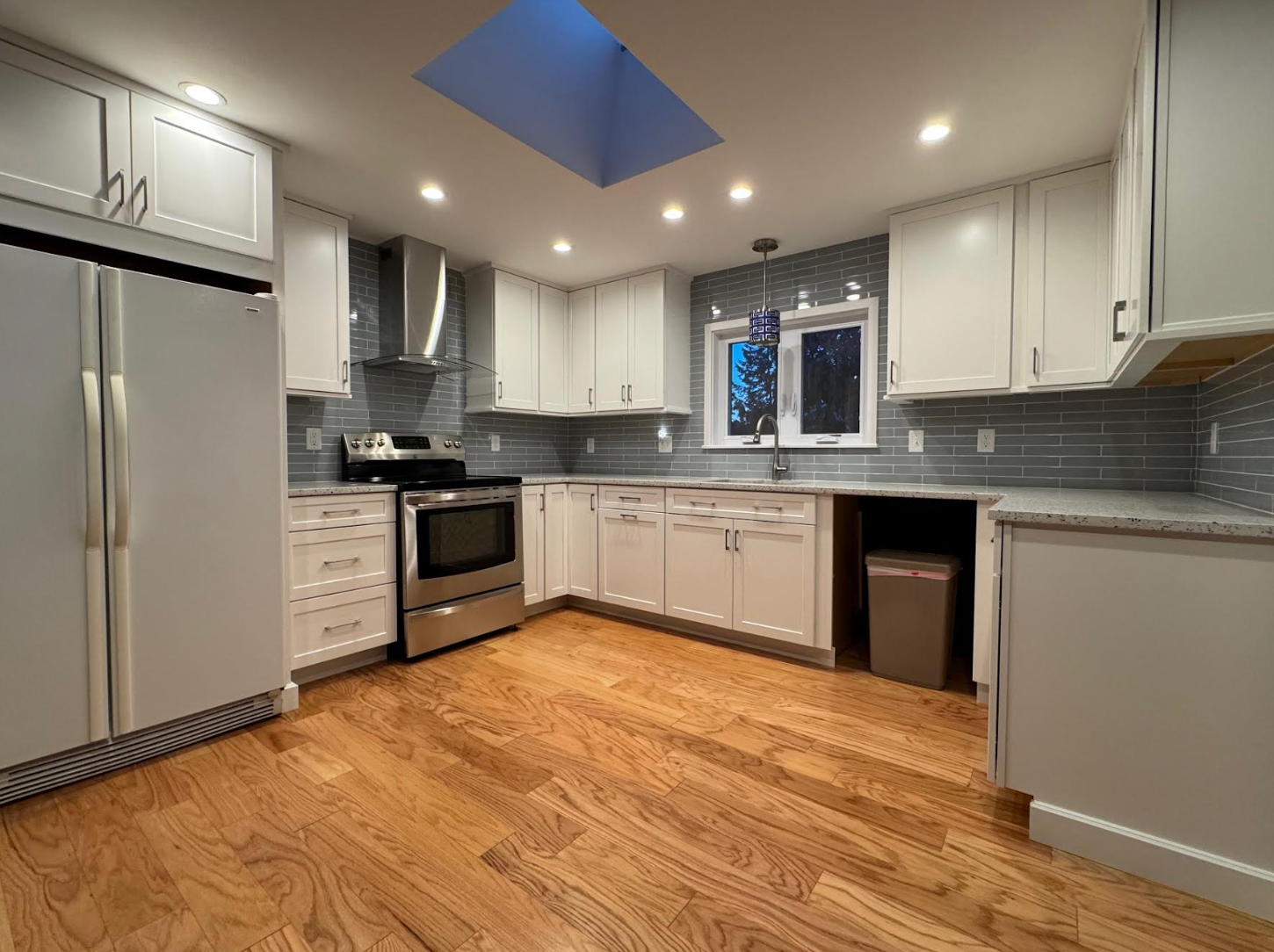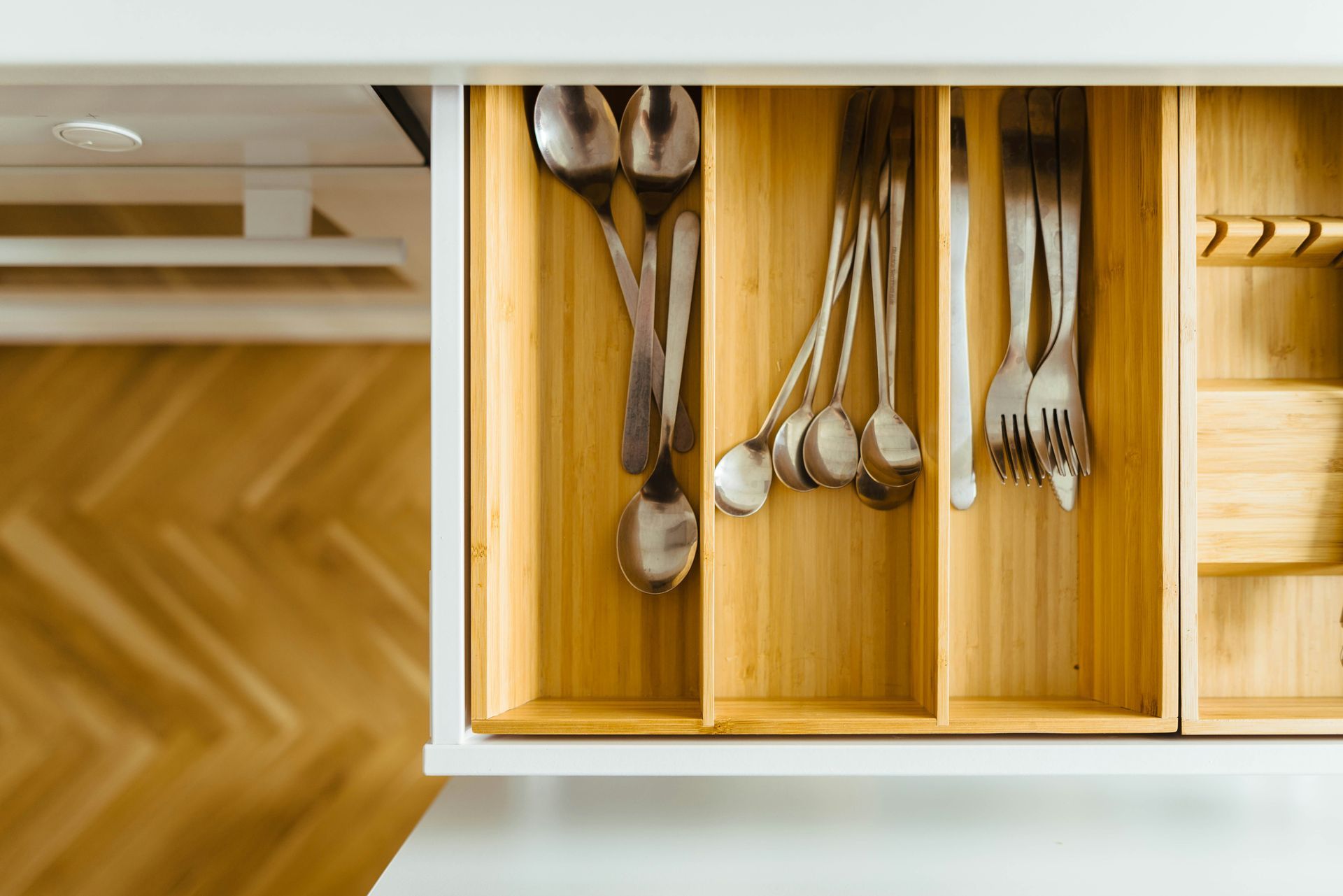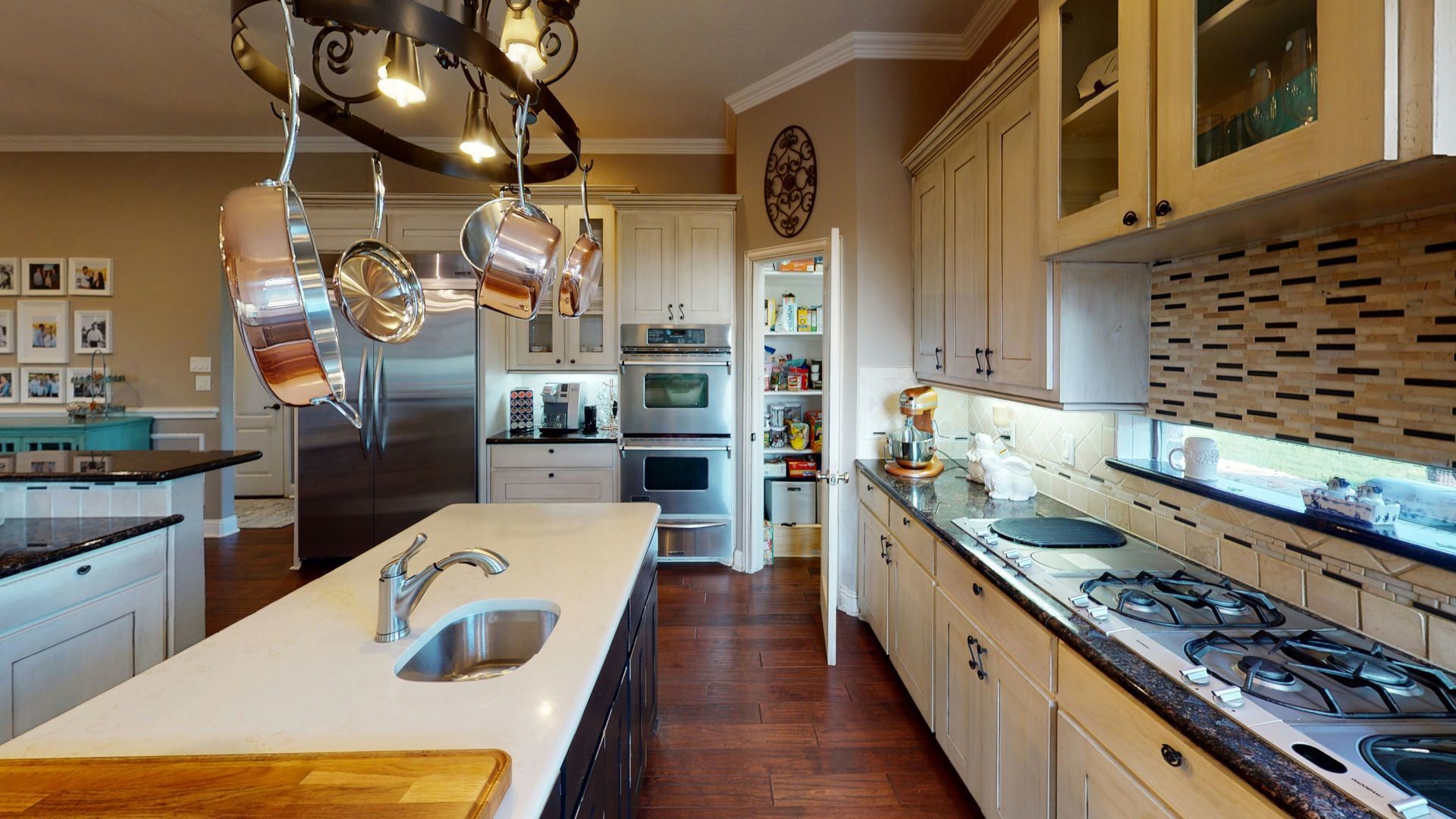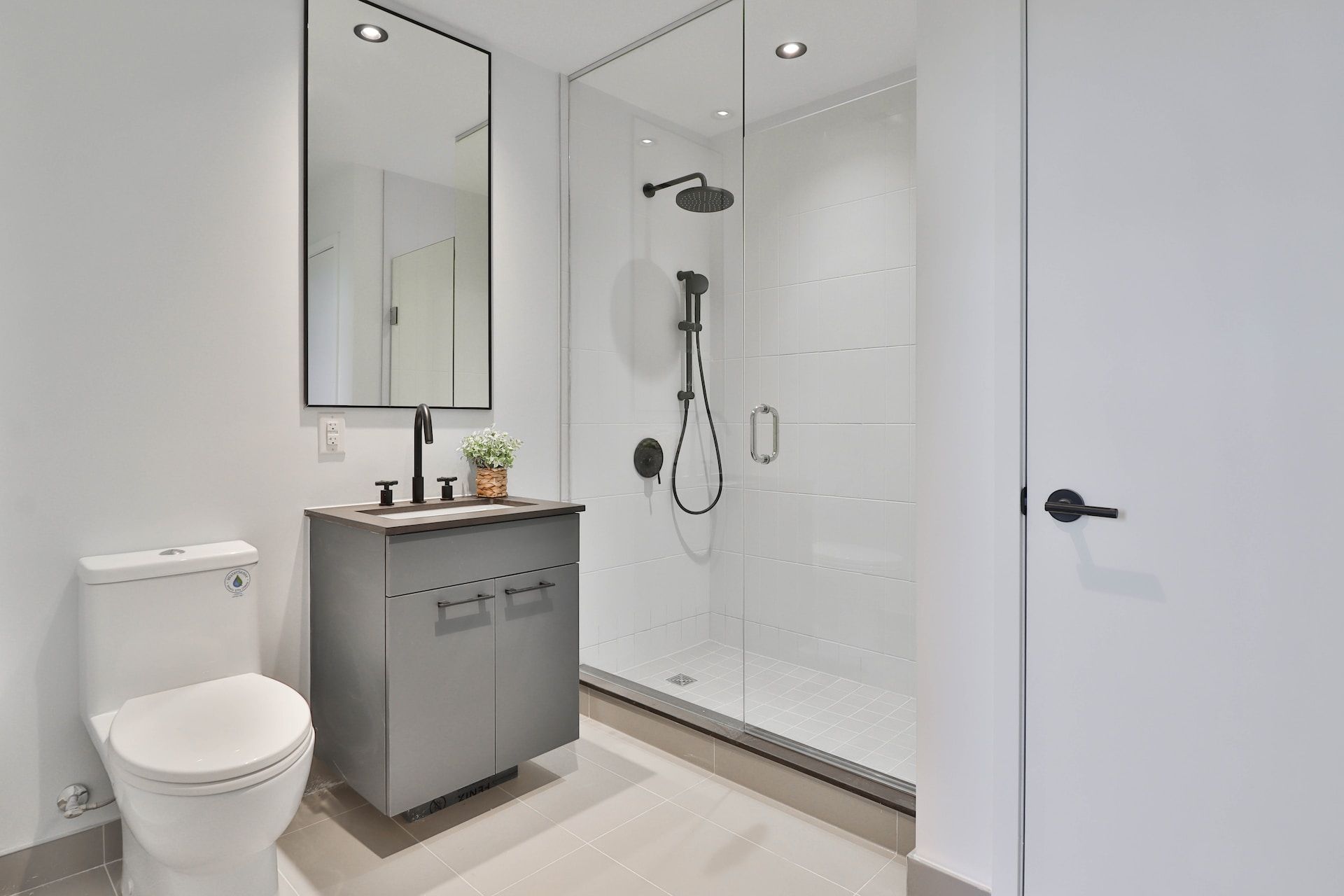It's the one room in your home that will always receive daily use. Yet, it's often the most overlooked when it comes to design practicality and aesthetic appeal. We're talking about the bathroom. Most homes' bathrooms typically aren't large. However, they do need to hold quite a few furnishings. How do you fit all the necessities while making your space feel like an oasis?
Here are six expert tips on how to design your dream bathroom.
1. The layout is everything
We know there is a lot to think about, a tub, toilet, sink, and storage! But don't cram everything in. Your layout should invite calmness into the space and be functional so that you can keep your sanity during busy mornings. Think practically about what you have room for and what you want your statement piece to be. Experts suggest not making the toilet the room's focal point and instead devoting adequate space to a size-appropriate vanity or freestanding tub.
2. Lighting is the second priority
Make sure to include lighting in your layout. This includes light fixtures, mirrors, and a window if you choose. Some types of lighting you may want to consider are task lighting, mirror lighting, and mood lighting. Opting for a balance of all three can ensure your bathroom's practicality but also its ability to act as an in-home spa.
3. Pick a better bathtub
Speaking of practicality, most homeowners prefer a roomy shower to a bathtub. Showers are often used more frequently and can be easier to include in your layout. Experts advise against splurging on large tubs that won't get used. Sometimes homeowners feel that a spacious tub will increase their resale value. Still, usually, it's just impractical and infringes on precious shower space.
4. Build the essentials into your budget
Furnishings and decor aren't the only costs you should include in your budget. Even if you're doing your own renovation, things like waterproofing, electrical, and plumbing aren't tasks you want to take on if you don't have the skills. Leave the essentials to the licensed experts so your bathroom is safe, comfortable, and less likely to need costly future repairs.
5. Mind your maintenance
Your bathroom will need regular cleaning and upkeep, just like other rooms in your home. Because it is so frequently used, choosing low-maintenance and easy-to-clean materials is recommended. Porcelain is an obvious choice and has become a bathroom standard. Other low-maintenance materials include quartz, reconstituted stone, acrylic, and luxury vinyl tile. If you do want porous materials, such as natural stone, you may want to use them on easy-to-maintain areas like your countertop.
6. Seamlessly incorporate decor elements
You don't need to hang art, put vases on shelves, or add plants – though you can if you want to. If you have a small bathroom or one that's often busy, try incorporating decor elements practically. Gorgeous textured tiles are a great non-slip feature that can add a pop of color and pattern to your room. Vanity mirrors come in bold shapes and styles that add interest while being extremely functional. Thanks to advancements in materials and storage options, more colors, patterns, and designs are available on items your bathroom requires.
